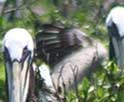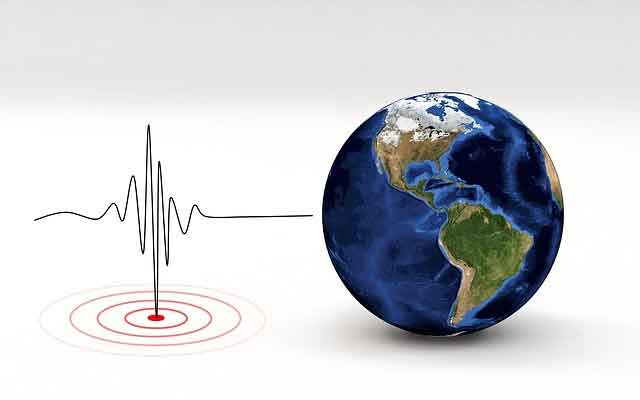Unprecedented Crisis: Avian Flu Strikes Antarctica
Alarming Spread: H5N1 Virus Extends Across Antarctica
Reading time : 1 minute,
Discovery Chepe Id-621-ECO
Published in
03-17-2025

The virus's presence in Antarctica was first confirmed on February 24, 2024. This was due to studies carried out by CSIC researchers Ángela Vázquez and Antonio Alcamí.
Antarctica is facing an alarming situation with the unprecedented spread of the highly pathogenic avian influenza virus (HPAI H5N1). Recent research has confirmed that this disease has infected a wide variety of animal species, raising concerns among the scientific and environmental communities.
Scientific expedition and findings
An expedition led by Spanish virologist Antonio Alcamí confirmed the presence of the virus in 188 animals from 13 different species across 24 locations in the western Antarctic Peninsula and the Weddell Sea. This discovery marks a turning point in the spread of H5N1, as Antarctica was previously thought to be relatively isolated from such diseases.
Affected species
The virus has been detected in Adélie, chinstrap, and gentoo penguins, as well as Antarctic cormorants, gulls, skuas, and marine mammals such as Antarctic fur seals and crabeater, Weddell, and leopard seals. The diversity of affected species highlights the severity of the outbreak and its potential impact on the continent's biodiversity.
Multitud de ping�inos lanz�ndose al agua ?pic.twitter.com/ctIyAxAk9u
— Ens��ame de Ciencia (@EnsedeCiencia) March 31, 2025

Avian Flu in Antarctica: The Worst Crisis Ever Recorded
Innovative detection methods
The research team used advanced techniques, such as air sampling, to identify the presence of the virus without directly handling animals. This methodology reduces stress on wildlife and enables more efficient epidemiological surveillance.
Risks and possible consequences
The spread of H5N1 in Antarctica not only affects local wildlife but also poses risks to human health. Although the virus does not easily transmit between humans, its ability to infect multiple species increases the possibility of dangerous mutations. Additionally, the growing presence of scientists and tourists in the region could facilitate the virus's spread beyond the continent.
<
Surveillance and prevention measures
Experts have emphasized the need to strengthen epidemiological surveillance in the region. Strict biosecurity protocols are recommended to prevent the virus's expansion and protect Antarctica?s fragile ecosystem.
The avian flu outbreak in Antarctica represents one of the most severe health crises in the continent's history. With the confirmation of H5N1 in various species and the potential for future mutations, the scientific community must act swiftly to mitigate the effects of this silent pandemic.
See Also
Discovery Chepe
Most read...















